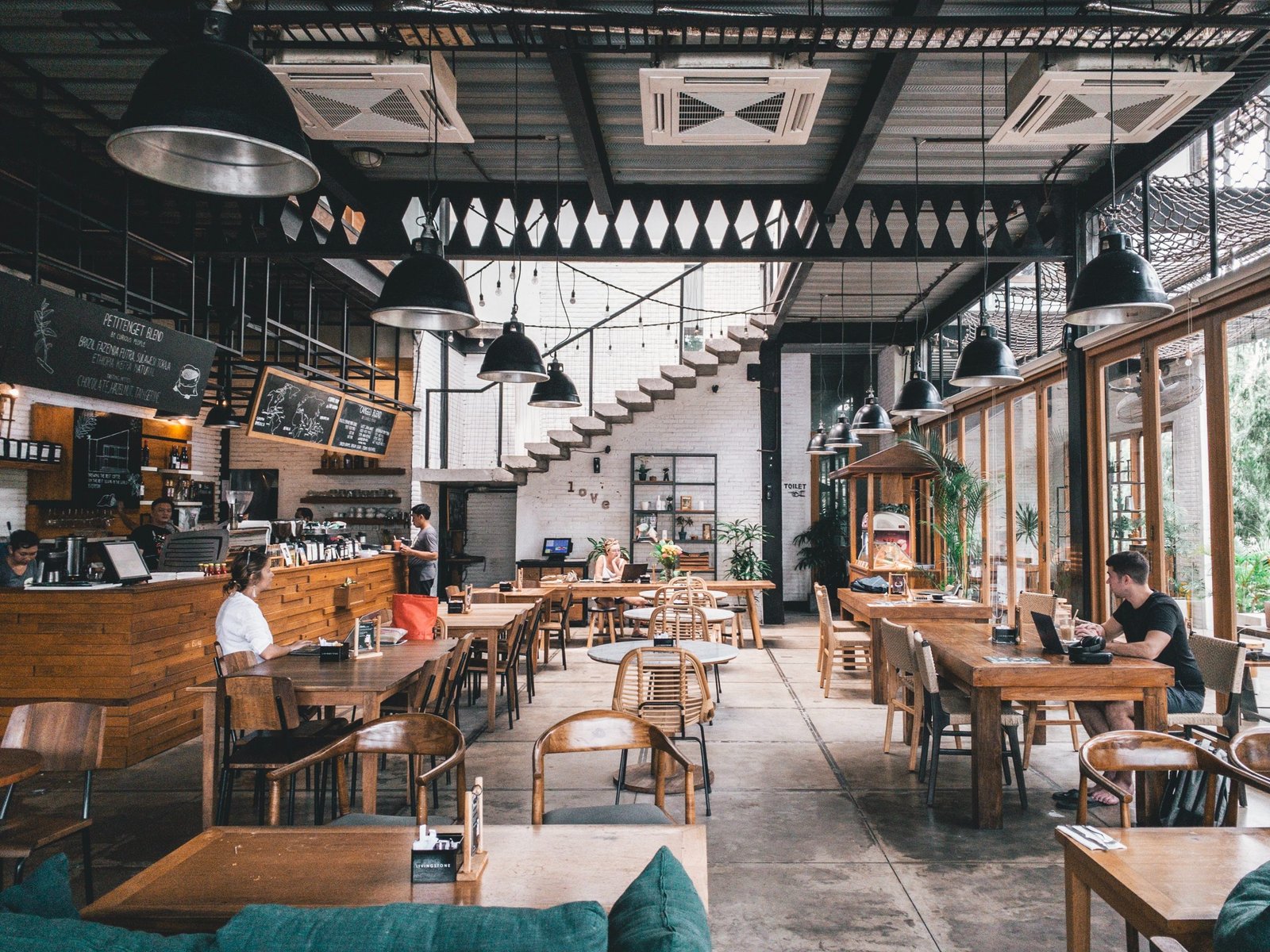
A Restaurateur’s Guide To Savings
There is much more to being a restaurateur than just serving food to people.
Restaurants have profits and expenses like any other business. Restaurateurs do not only spend money on food and staff but energy as well.
Spending money on energy should come with a guide to help restaurateurs with saving money.
In order to save money a restaurateur should first know how much energy their business uses every year. They have to know what utilities their restaurant uses and how much they cost. A restaurateur is also an entrepreneur. Someone interested in getting good quality for less money.
Another way for a restaurateur to save money is by evaluating their business energy bill. The bill will give a clear outline of how much energy is spent on different parts of the business, as well as how much each cost. Restaurateurs interested in savings can find energy deals by looking at different energy providers as well as tips on how to save energy.
How much energy does an average restaurant use every year?
The amount of energy used is determined by the number, type, and size of appliances owned by the restaurant. Electricity is used for refrigeration, cooking, ventilation, cooling, and lighting. Gas is used for cooking, followed by central and water heating.
The energy rate of your restaurant depends on a number of elements:
- The business’ credit rating.
- The business’ size.
- The business’ location.
- The business’ type.
- The business’ operation sector.
Your energy bill is not only based on the amount of energy your business used that year. It also includes wholesale costs, network costs, environmental costs, operating costs, VAT, and Climate Change Levy (CCL).
Considering that each restaurant is different, it is hard to give the exact amount of energy used annually. Restaurants use more energy than small and medium-sized businesses. They can be compared to large businesses, which use about 50 000 kWh annually.
How can you save money on your business energy bills?
Energy Audit
Conduct an energy audit to find out where energy is used, or wasted, and on what. This will show you where to make changes.
Lighting
Use natural lighting. Change lights to LED bulbs and fluorescent tubes. Make sure to keep the lights clean. If a room is unoccupied, or you are leaving for the day, switch the lights off. Install movement and occupancy sensors. Timed switches will turn lights on or off according to pre-set times.

Heating and Cooling
Insert smart thermostats. Only turn the heater or air conditioner on when needed, and if the room is occupied. Use unheated hand dryers. Service, replace, and clean the boiler, radiators, ventilators, heaters, and air conditioners regularly. Install double-glazed windows, and insulate the walls and roof. Install intelligent HVAC (heating, ventilation, and air conditioning) to automate temperature, and sync it with work hours. Install thermostatic radiator valves (TRVs) in the kitchen to reduce heat output.
Refrigeration
Keep fridges in the coolest areas and away from hot equipment. Only open them when needed, and make sure the seals still work. Defrost and clean fridges regularly. Understand storage temperature codes to use refrigerators more efficiently. Using one large fridge might be cheaper than multiple small ones.
Water Management
Fix leaking taps and pipes as quickly as possible. Install fixtures with low-flow and spray functions. Use low-water-usage dishwashers, toilets, and tap aerators. Set dishwashers on eco-cycles.
Equipment
Switch off, and unplug, equipment when not in use. Maintain and clean equipment regularly, and replace it if needed. Switch cooking equipment off at the end of the day. Replace gas or electric hobs with induction ones. Buy equipment with good energy-efficiency ratings and smart technology.
Employees
Educate your employees about energy saving. Keep a checklist of things to do at the end of the day to save energy. Create a schedule to get everyone involved. A reward system will encourage everyone to participate.

Tariff
Make sure that your energy tariff is tailored to your restaurant’s needs. A different supplier might have a better deal. Some suppliers have time-of-use tariffs.
Microgeneration Technology
Installing equipment to produce your own energy is expensive at first, but it will provide long-term benefits. You can use solar photovoltaic panels, solar thermal systems, small-scale wind turbines, or biomass solutions. You can even sell unused energy back to the National Grid, getting money back from your investment.
Conclusion
Restaurants may use a lot of energy, but there are also a lot of ways in which they can save money. To name a few, such as lighting, heating, cooling, water, educating staff, and even producing your own energy. Consider this a guide for restaurateurs to saving money on their energy bills.








